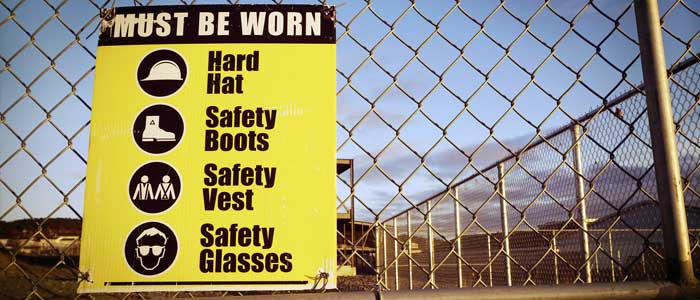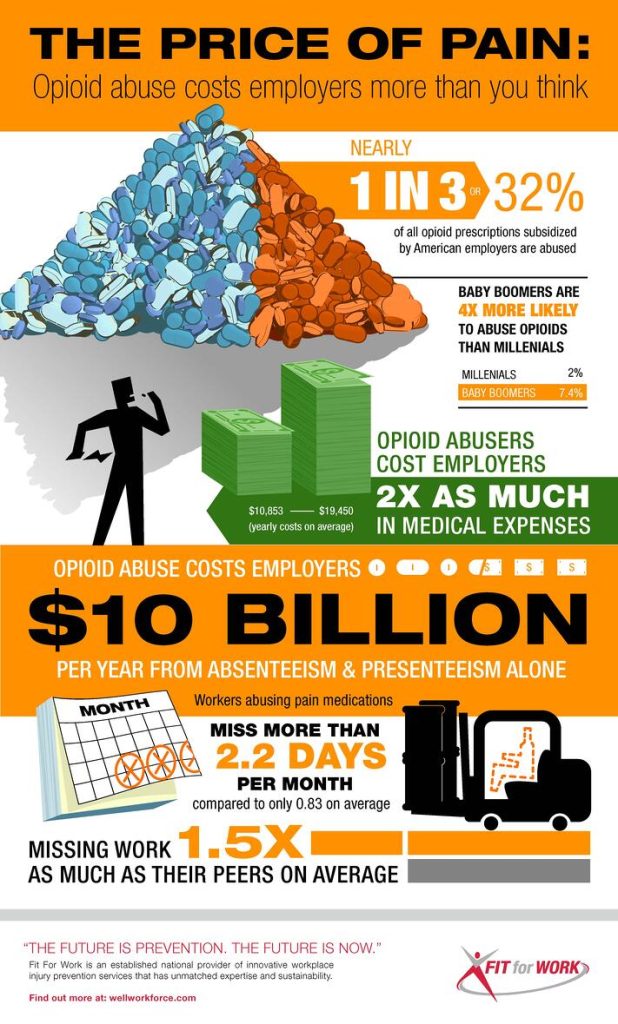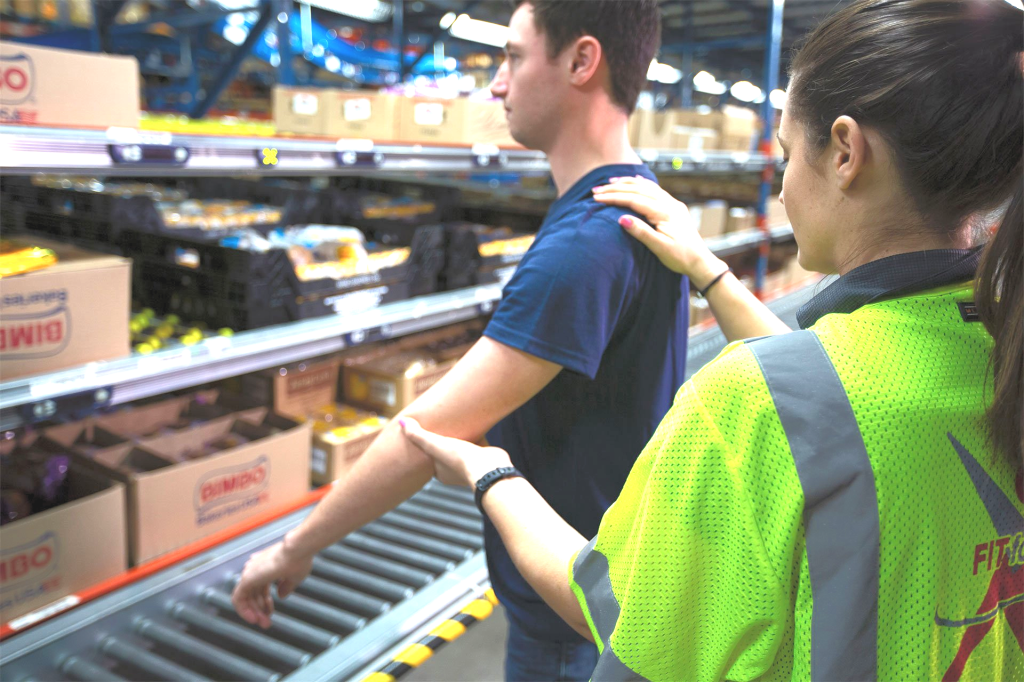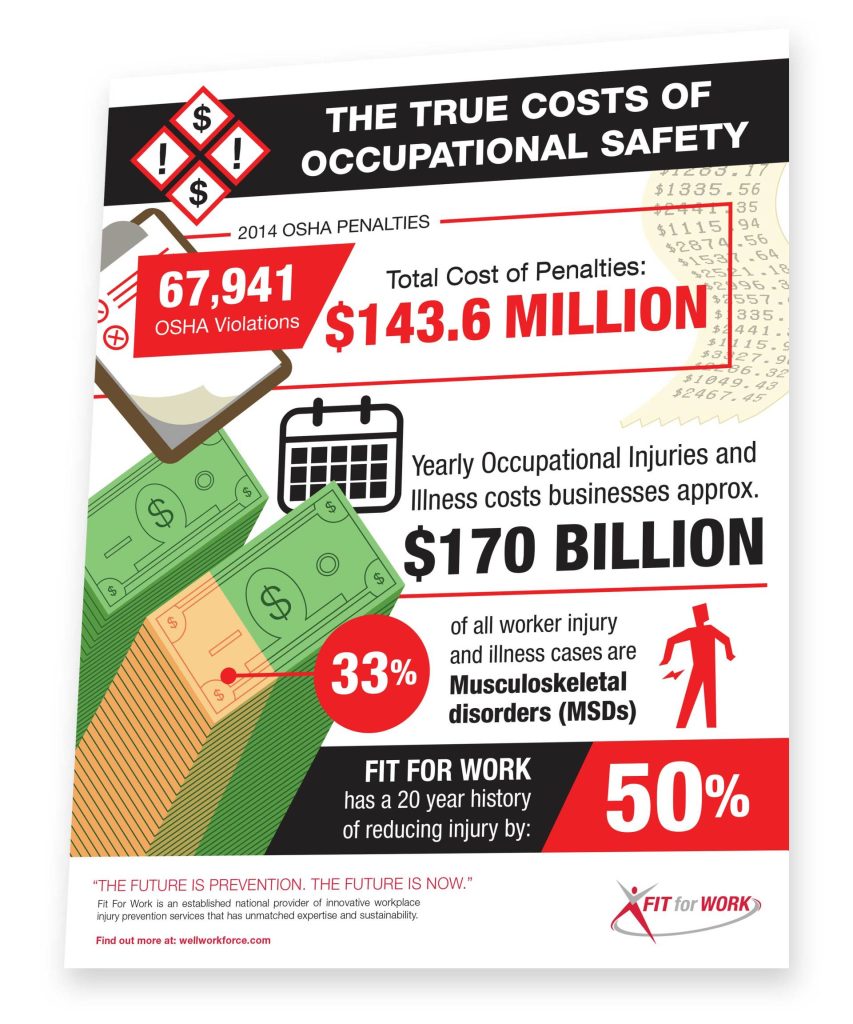At some organizations, telling a group of employees that you’re about to talk about safety is like announcing the rest of the meeting will be in Swahili. You’d get that same reaction of people settling back into chairs, ready to stare off into space, and just wait for the end. There’s a better way. By being more creative with your communication, you can warn about potential hazards without making it seem like a throwaway conversation. Here are some ideas to get started: Use a list format : When you tell people that you have three things they need to know, it causes them to pay attention more intently, because they know the material is organized. That format also allows you to keep it short, which is another major advantage in communication. Offer real-life examples : Saying that it’s important to clean up spills quickly isn’t as powerful or memorable as relating a story about a worker at another company who ended up with two broken legs because someone else didn’t clean up a spill. Essentially, they relay the same information, but the human brain is wired to recall information that’s in the form of a narrative. Use stories to make your point. Be funny: Hazards and humor don’t seem like they’d go together, but there’s no reason to make a presentation sound like you’re reading off the OSHA website. Show some personality, be friendly and personable, use real language instead of formal talk, and make appropriate jokes to keep it light. Employees will respond by paying attention. Don’t just talk: Saving all your hazards information for a weekly or monthly meeting means you’re missing daily opportunities to communicate with your workforce. Put up flyers in the breakroom or bathroom with “today’s safety tip,” send out email tips, put suggestions for hazards prevention on the company intranet. Wherever your employees are, you have a chance to communicate safety information. Think carrot, not stick: Issuing reprimands for safety violations is important, but it’s equally vital to praise those who are doing things right. Simply recognizing when an employee takes time to clean up, secure ladders, put on safety gear, or other preventive measures can go a long way. Encouraging employees to thank each other for safety actions can create a more positive, safety-focused organization. Download our latest infographic to see if you can spot all of the potential hazards on the warehouse floor and learn what a Job Safety Analysis can do for your organization! 
How to Communicate with Employees About Hazards





